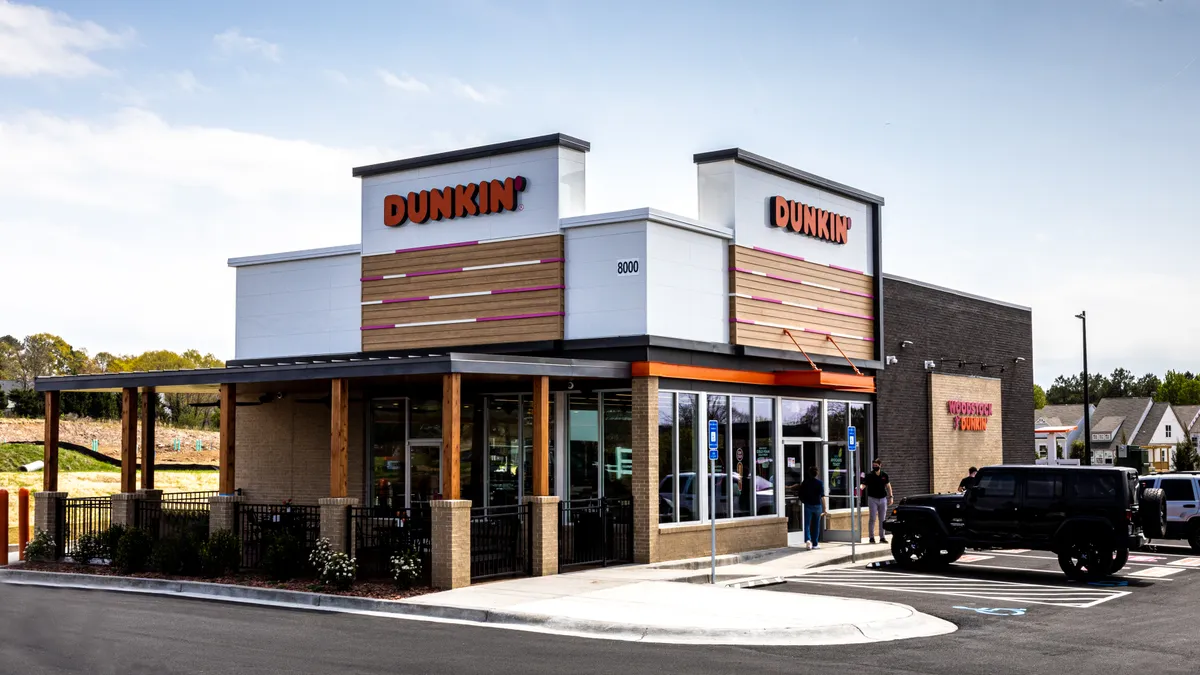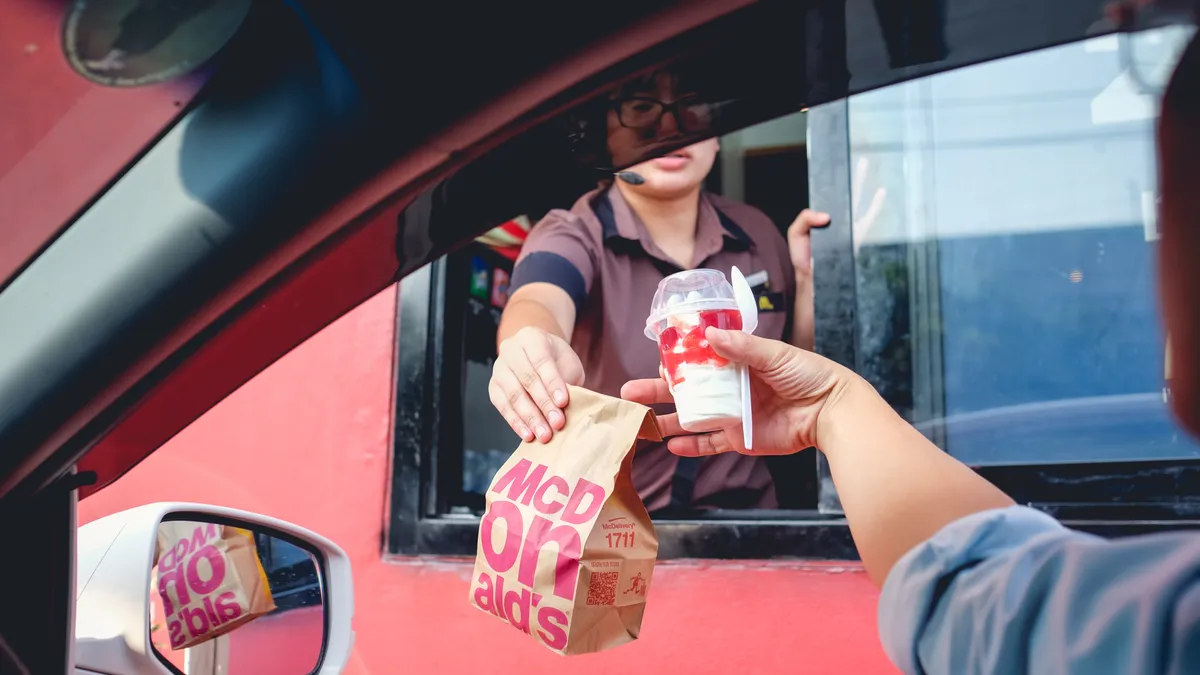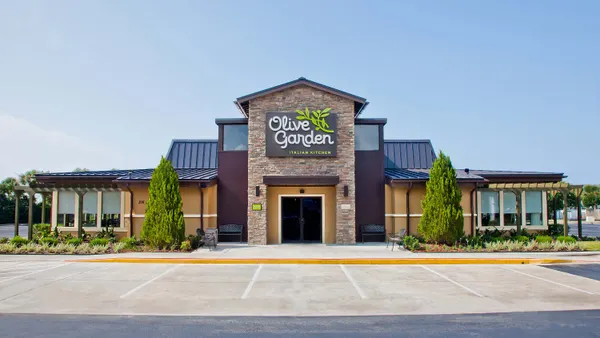Dive Brief:
- McDonald’s posted 2.4% same-store sales growth in the U.S. in Q3 2025, driven primarily by an increase in average check size, according to the brand’s earnings release.
- The chain’s recent moves, like Extra Value Meals, have helped it maintain strong value perception relative to its peers, preserving same-store sales growth, CEO Chris Kempczinski said on the chain’s earnings call Wednesday.
- Fast food is facing a bifurcation in consumer behavior, with lower-income consumer traffic down by nearly double digits in the QSR sector, offset by a similar increase in sector traffic from higher-income consumers, Kempczinski said.
Dive Insight:
McDonald’s wants to use its value playbook to increase market share among lower-income consumers and grow its sales in the long term.
“We will measure the success of our EVM program in two ways, first by gaining share of lower-income consumer traffic, and second by improving value and affordability experience scores,” Kempczinski said. “We’re still in the early stages of the program, and expect that the associated comp, sales lift and traffic improvements will continue to build as awareness of the program increases over the coming quarters.”
The brand is offering a roughly 15% discount through the EVM, relative to consumers ordering the same items a la carte. CFO Ian Borden said the EVM platform accounts for about 30% of total transactions in the U.S., making combo meal pricing a vital part of the chain’s strategy.
“The number one driver of consumers’ value perception is actually what's going on the menu board. It's not meal deals or offers,” Kempczinski said.
While the EVM platform temporarily impacts margins through its discount, it also builds incrementality over time, Kempczinski said. McDonald’s anticipates that by the end of Q1 2026 the brand will be in a position where continuing the EVM platform will be more profitable than discontinuing it.
“Any move backward would actually, I think, be self-defeating,” Kempczinski said.
McDonald’s, according to Borden, spent $15 million in the last three weeks of the quarter to support franchisees through the introduction of the EVM, and will likely spend $75 million in Q4 to continue supporting the discount platform.
Other U.S. QSR brands, particularly those focused on value, managed same-store sales growth in the quarter. Taco Bell, for instance, posted 7% same-store sales growth and KFC notched a 2% gain, Yum Brands reported in its earnings release. McDonald’s direct competitor, Burger King, posted 3.2% same-store sales growth in Q3, according to a Restaurant Brands International earnings release.
But for many brands, markets outside the U.S. are seeing stronger performances. McDonald’s saw stronger same-store sales growth, with the metric improving 4.3% in company operated markets and 4.7% in developmental licensed markets, according to the earnings release. The brand saw particular strength in Japan, Germany and Australia.
Other U.S. QSR chains have seen similar divergences: Pizza Hut and KFC both saw their international divisions outperform their home markets last quarter, according to a Yum earnings release. RBI’s international segment likewise saw a stronger performance for Popeye’s and Burger King than its U.S. segments. Such a shift could pose a problem for U.S. brands, and may indicate a weakening in U.S. consumer demand relative to other markets.












